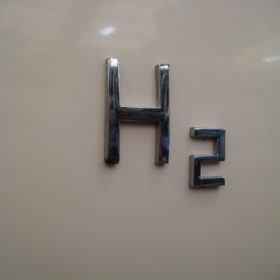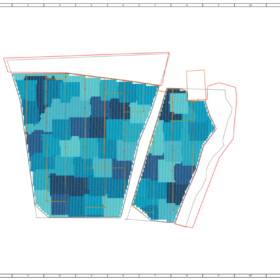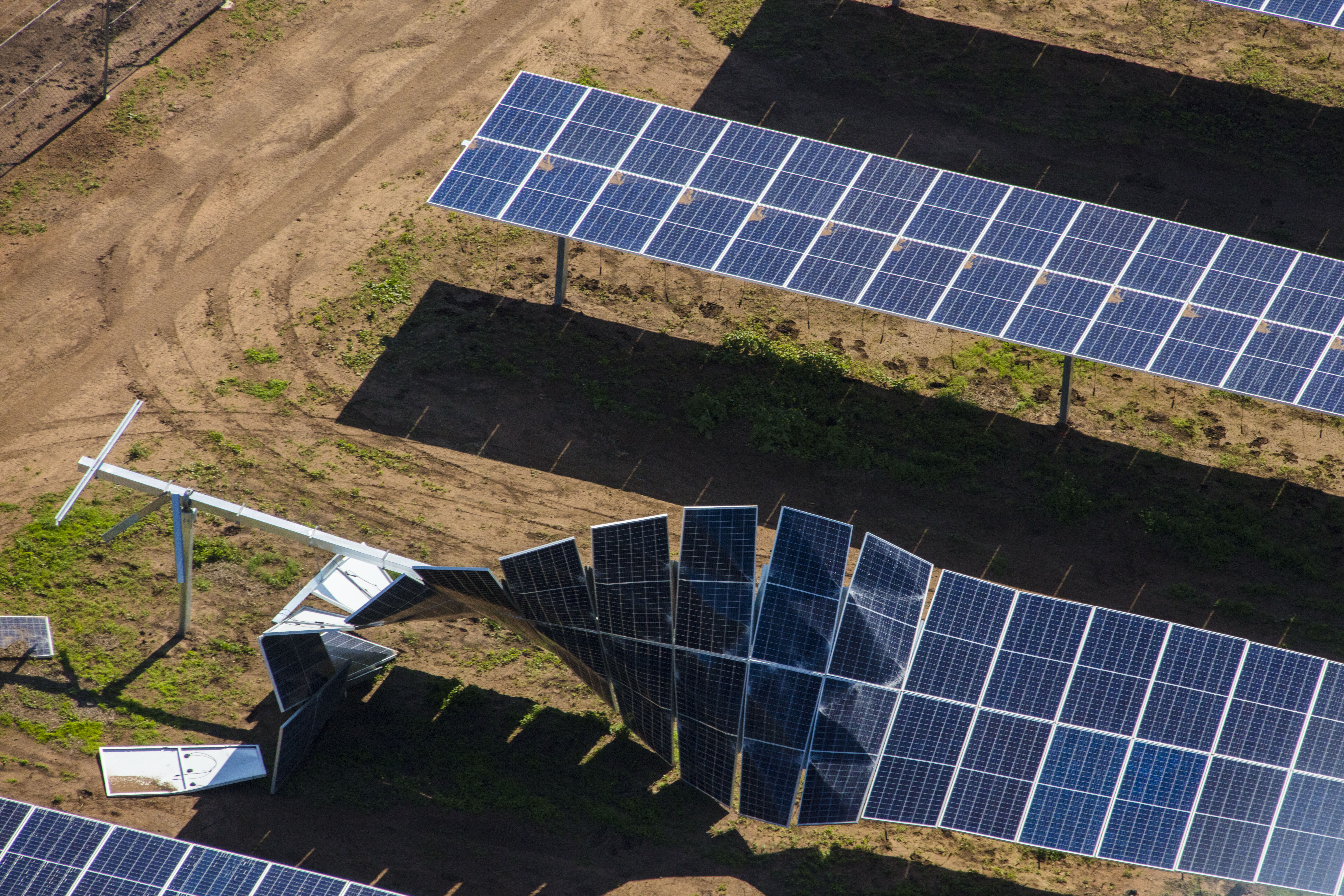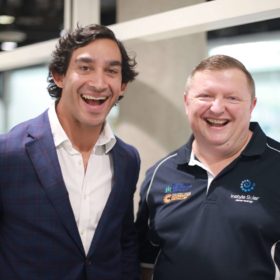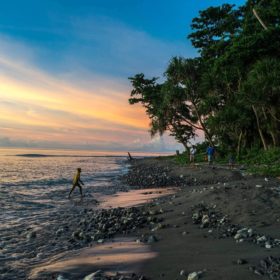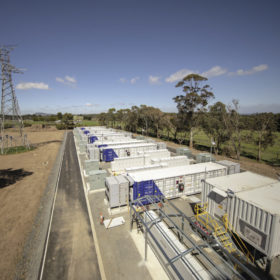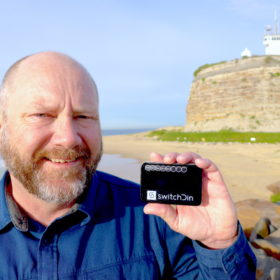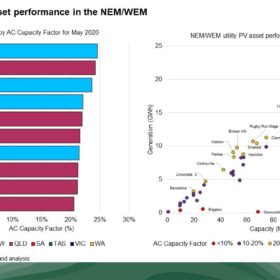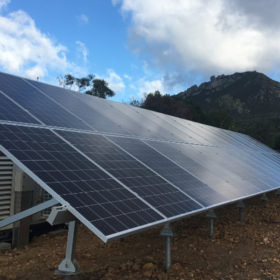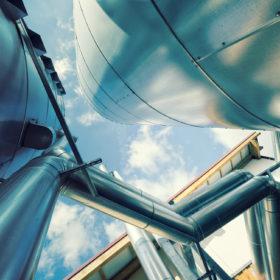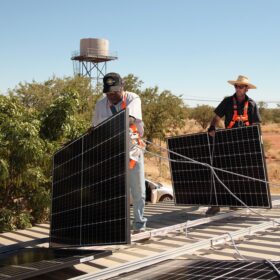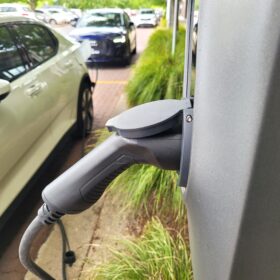3.6 GW solar-powered hydrogen project announced for Queensland
A newcomer to the Australian renewable energy scene, Austrom Hydrogen has unveiled plans to develop a large solar project, battery storage and hydrogen generation facility in Queensland.
Spanish startup RatedPower, pioneer in the development of software to optimise the design of solar plants
By scanning millions of iterations, pvDesign finds the best plant configuration and automatically generates over 300 pages of detailed documentation in seconds. The Spanish firm has just landed its first Australian client.
Looking gloomy at Oakey 2 Solar Farm again?
Yesterday I received a call from the people at pv magazine who were preparing for the ‘Virtual Roundtables Europe 2020’ event on this week in Germany – i.e. Tuesday evening (now!) and Wednesday evening ‘NEM time’. I’m told the event will be recorded, with the recording available later to those who have registered, so get your skates on if interested.
The rugby league legend lighting up the solar industry
Rugby League legend Johnathan Thurston signed on to become Australia’s first solar ambassador last year. The former Kangaroo’s half-back represents the joy, strength and peace of mind residential solar is bringing to Aussie families.
Australian solar startup wins Honnold Foundation support to seed solar in the South Pacific
UNSW solar scientist Matt Edwards is passionate about making solar accessible and using it to displace reliance on diesel in our region. As CEO of startup BlueVolt, he’s “pretty stoked” that his Savo Solar Initiative has won the support of an international foundation, famous for seeding solar projects all over the world.
Fluence proposes 250 MW BESS case scenario to VNI West RIT-T
Who says that upgrade of energy transmission need march across the landscape as massive metal towers strung with buzzing electricity lines? One battery energy storage system provider is offering an alternative vision — fast deployment, scaleability and flexible application of assets that can’t be stranded…
A solar giant invests in Australian DER know-how
As utilities, networks and governments get their distributed-resource ducks in a row, the time is ripe for VPPs and microgrids to play a more powerful role in Australia’s energy system. The latest? SwitchDin, a DER innovator with globally acknowledged capabilities has attracted investment from Q Cells a PV manufacturer with chops and channels.
Broken Hill: From a grid outsider to a top performer
One of Australia’s first utility-scale PV projects, the 53 MW Broken Hill Solar Farm in New South Wales, has emerged as a top solar performer in the National Electricity Market in May.
17 microgrid projects win government funding
The federal government has announced funding for a series of microgrid feasibility studies that will seek to unlock more secure, affordable, and reliable energy for regional and Indigenous communities.
ARENA receives overwhelming response to green hydrogen funding round
More than $3 billion of renewable hydrogen projects are vying for funding from the Australian Renewable Energy Agency (ARENA) to build the first commercial-scale projects in the country.
